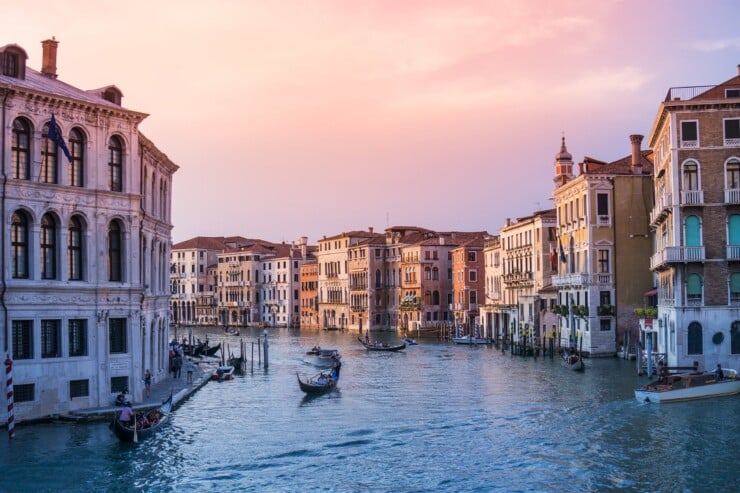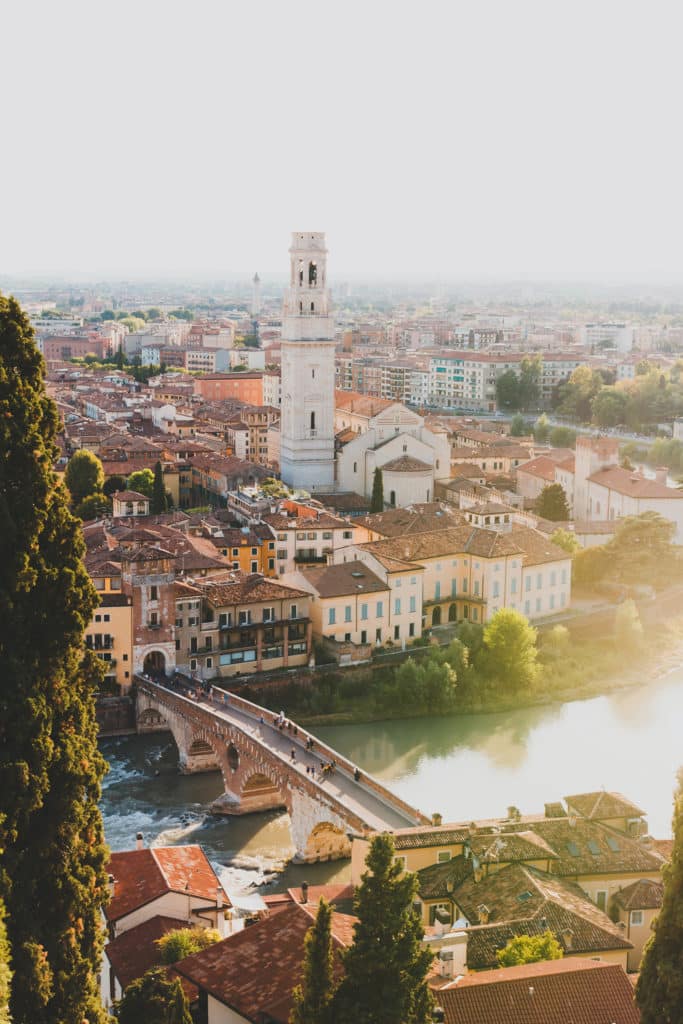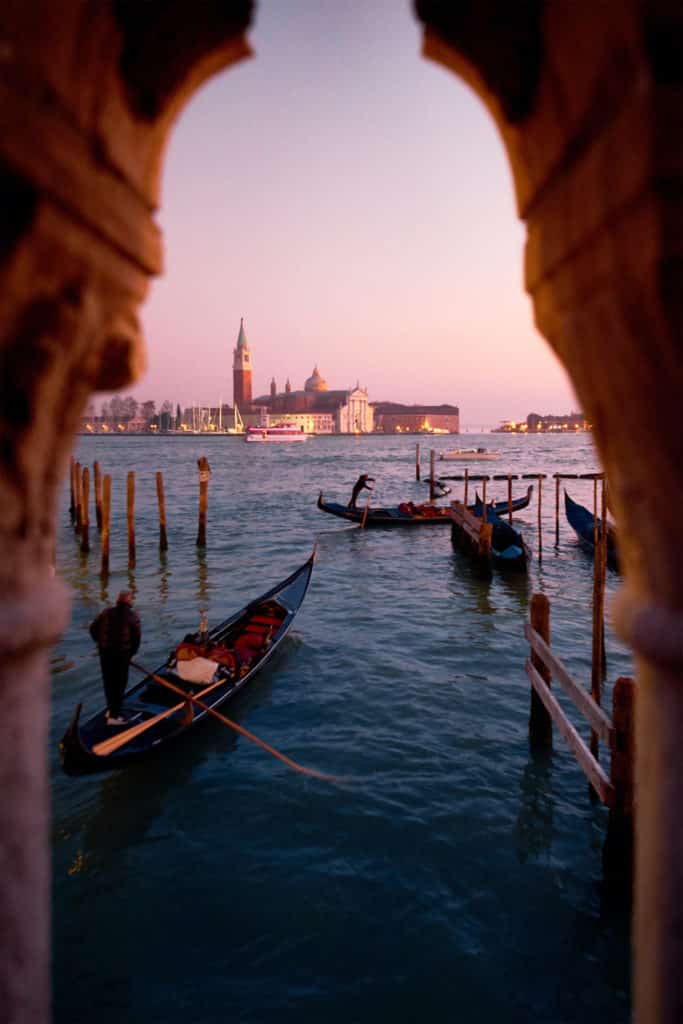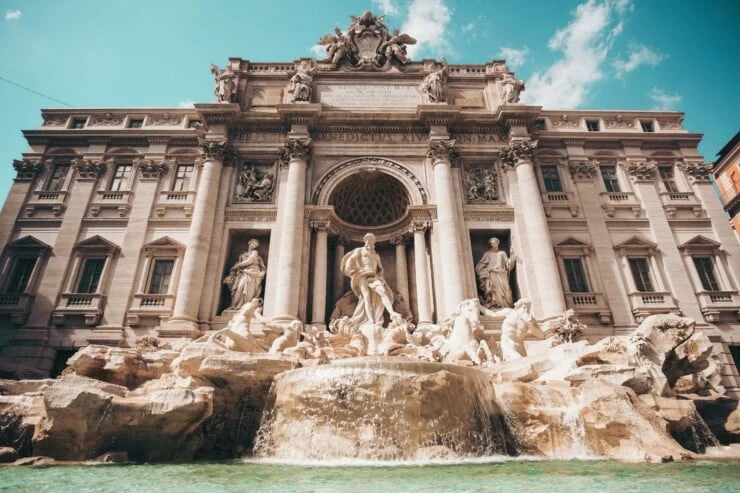Note: Traveling during the COVID-19 pandemic is a highly personal choice and should take into account your personal comfort, tolerance for risk, and overall health. The conditions, status, and entrance requirements of various destinations are in constant flux, so please check local authorities for the latest information. Also, please review the State Department and CDC’s latest guidelines to ensure you’re ready and able to travel.
To say it was a very personal decision to travel to Italy in the middle of a global pandemic would be an understatement.

My dual citizenship between the United States and Italy made it possible, and I safely arrived in Sicily in October 2020. I quickly fell in love with la Dolce Vita and decided to move to Rome.
While Italy’s government tried to get a handle on the pandemic, I spent the first six months living under tight restrictions. (Think absolutely zero dinners at restaurants, periodic lockdowns, and life under curfew.) A lot has changed since then
Now that we are two years into the pandemic, vaccines and rapid tests are readily available, making international travel more manageable.
So, is it safe to travel to Italy right now?
The Italian government announced that Americans could resume travel to Italy for tourism purposes in May 2021. While tourism has not yet returned to its pre-pandemic levels, it has certainly been increasing since then.
I’ve recently spotted plenty of tourists here and would say it is a highly personal decision. Whether you decide to hop on a flight to Rome tomorrow or wait a couple of months until spring is in the air, now is the perfect moment to get informed on what daily life is like in Bel Paese. That way, you’ll know exactly what to expect when it’s time to take that highly anticipated trip!

What It’s Like To Be In Italy During The Pandemic
After several months of living in and out of lockdown, a new normal has emerged during the pandemic. Curfews are a thing of the past, and life is operating pretty close to normal for those who are vaccinated.
Events are taking place at outdoor and indoor stadiums, as well as gyms, pools, ski resorts, and thermal baths, which are all fully operational. (A trip to the Dolomites could be the perfect destination this winter!)
To get a complete picture of what life is like in Italy right now, you should know that there are rules that apply to the entire country, as well as regional rules.

First, There Are The National Rules
The entire country is operating under the “green pass” and the “super green pass,” which offer different privileges. (Keep reading for more specifics.) The mandatory use of masks outdoors resumed at Christmas, so wearing masks is currently required both outdoors and indoors throughout Italy.
When using public transportation, the use of a specific FFP2 mask (equivalent to a KN95 or N95 mask) is required. Masks of any kind must also be worn at restaurants when moving to and from your table. You might hear a server say “La mascherina, per favore!” if you forget. Fines start at € 400 for non-compliance.
Social distancing of at least one meter (approximately three feet) should be adhered to, especially when in shops and restaurants. The nationwide curfew, which had been in place for eight months, was officially lifted in June 2021 and hasn’t been implemented again since.
And Then There Are The Regional Rules
Starting in November 2020, additional restrictions have been applied to Italy’s 20 regions based on a tiered color system: white (very low risk), yellow (moderate risk), orange (medium-high risk), or red (very high risk). Colors are set based on the COVID-19 rate of transmission (Rt index) and are updated approximately every two weeks by the Prime Minister.
All regions were in the white zone over the summer, but now 70% of Italy has returned to the yellow zone. Since the entire country is currently operating under the overarching green pass rules, there isn’t much of a difference in day-to-day life between the white and yellow tiers, and discussions are underway about the government reconsidering the tiered color system altogether.
Things can still change at a moment’s notice, so be sure to check local news sources and follow the Ministry of Health when you’re ready to travel to Italy.
Red zone (“zona rossa”): Sometimes referred to as “lockdown,” this is the most restricted zone. You must have an approved reason for leaving your house and carry a self-declaration form (autocertificazione) that states your intention for movements, such as exercise, grocery shopping, or health matters. Restaurants are limited to takeout and delivery, and non-essential businesses are closed.
Orange zone (“zona arancione”): More freedom than the red zone, non-essential shops and schools are open, and residents may travel freely within their city (not region).
Yellow zone (“zona gialla”): Currently following the same rules as white zone.
White zone (“zona Bianca”):The white zone is the closest return to pre-pandemic normalcy. To receive this classification, there must be fewer than 50 cases per 100,000 inhabitants on record for three consecutive weeks.
To get a better understanding of how to travel within Italy for tourism, it’s important to understand Italy’s new two-tiered system: the “green pass” and the “super green pass”.
A green pass indicates that someone has either been vaccinated from COVID-19, has fully recovered from the virus, or has received a negative rapid or molecular test within the past 24 or 72 hours. This pass is also referred to as a green certificate and is used to streamline travel throughout the EU for residents.
A super green pass is a reinforced version of the basic green pass and is unique to Italy. It is only given to those who are considered fully vaccinated or have recovered from COVID-19. To be fully vaccinated, you must have received the second dose of your vaccine, or a booster, within the last six months. A controversial topic, a negative test will not give you this pass, greatly affecting non-vaccinated tourists and residents alike.
The super green pass allows entry to restaurants, museums, cinemas, and soon non-essential businesses as well. It is also required for all forms of public transport – local, regional, or national.
In Florence and want to visit Lucca for the day? With the super green pass, this is possible! Without it, travel within Italy is simply not allowed via public means.
While Americans will not technically receive an electronic green pass, all conditions of the certificate must be met to enter and travel freely around Italy. The CDC card works as a replacement, and it is very common practice to show it here. Simply smile and say “Sono americana” (I’m American) while showing your physical card, and sometimes, your ID.
And last, but certainly not least, here is how to travel to Italy from the United States safely…and bypass quarantine. Due to rising cases, the United States was moved to the List D group in December, which requires specific measures to be followed for entry into Italy without quarantine.
All travelers are required to register and complete a Passenger Locator Form before departure. At the airport, you will also need to show the following to enter the country and bypass a 5 day quarantine: proof of full vaccination or recovery from covid-19, AND a negative antigen test result taken within 24 hours of arrival in Italy, or a PCR within 72. On the flight, you’ll be asked to wear an FFP2 mask as well, so come prepared with several. You’ll need them on public transportation in Italy as well.
Since multiple tests are no longer required to enter the country, the “covid-free” or “covid-tested” flight is no longer in place. Read more and stay up to date with the latest airline changes at Delta.
While planning may require more due diligence than before, the borders are indeed open to travel to Italy, and things are on track for what is sure to be a fantastic tourist season, sipping spritzes in the piazzas.

Until you’re ready to make the trip, I recommend brushing up on Italian greetings and formalities and making a delicious aperitivo at home. Italy will be waiting for you!

Classic Italian Recipes
Dreaming of eating classic Italian food now that you read all about Umbria Italy? Here are some classic Italian recipes to make at home:

Italy Travel Guide
Are you thinking of heading to Italy soon? Check out our Italy travel guide with travel tips, where to stay, and more!
Have Us Plan Your Italy Trip
Did you know we’re also a boutique travel agency specializing in Italy travel planning? If you’re looking to plan one of the best trips to Italy, our Italy trip planner services are here to help you plan your perfect itinerary.
Photo Credit: Verona Photo by Z S, Venice Italy Photo by Luca Bravo, Cinque Terre Photo by Jack Ward, Rialto Bridge Photo by Rebe Adelaida on Unsplash
Updated January 12, 2022